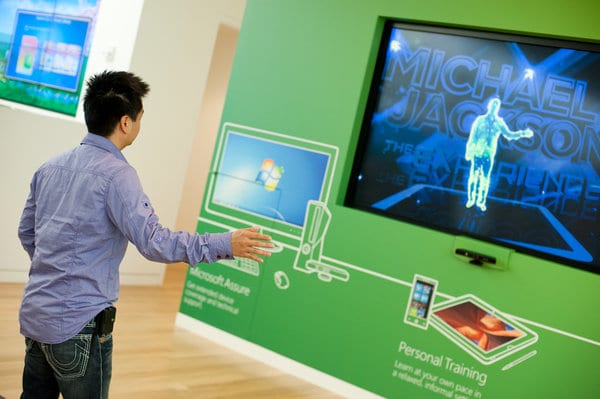Using Video Games for CP Therapy

Video game consoles have been a source of entertainment for children since the days of Atari and Pong in 1972. These days, video games are not only a source of fun, they are also helping children with cerebral palsy gain more mobility and independence while engaging with their peers.
Children with cerebral palsy have difficulty moving their hands and wrists, making it hard to hold a controller while playing a game on a traditional gaming console. Some children with CP also suffer from developmental delays, making the focus of pressing multiple buttons on the controller nearly impossible. These setbacks can prevent children from interacting with peers while playing video games.
Microsoft released a gaming console called the Kinect for the Xbox 360 in 2010. The Kinect has the ability to sense gestures so the user’s body acts as the controller. This makes gaming easier for children with CP than traditional systems, which use handheld controllers that require muscle control in the hands and fingers.
Since its original release in 2010, the Kinect system has been enhanced by Microsoft to better sense the player. There is a higher resolution that can sense the slightest differences, even as small as the difference between a pinky or an index finger. This precise attention to detail makes game-time for children with CP and other disabilities more enjoyable, because the system can pick up on their moves and they can participate more with their friends.
Therapy in Virtual Reality
Researchers and therapists are diving into the uses of technology and the benefits that it can bring to those with disabilities. Virtual Reality Therapies (VRTs) are not new, but they are being delivered to patients in a new way. VRTs previously consisted of exercise equipment, such as treadmills, that were hooked up to a video game for the sole purpose of distraction from the actual therapy at hand (walking or running on the treadmill). VRTs are now being delivered through a gaming system that children do not even see as a form of therapy. They willingly participate in the therapy they are given and their social skills are also being built through playing in-person with friends or siblings or through online companions.
Elaine Biddiss, a researcher at the Bloorview Research Institute involved in creating new technologies for children with disabilities, stated that, “Rehabilitation is driven by repetitive practice, and that can be boring for kids to do the same thing over and over again. But when you put it in a game environment with rewards and points, that helps to motivate kids.”
We recognize that games are a fantastic way to get kids to engage in these therapies.
Games are being specifically designed to adapt to the needs of children with disabilities. Commercial games are a great way for children to interact with one another, but researchers and therapists are developing games where they can control the speed and movements that the child must complete in order to reach the next level. One game that was adapted for children with special needs is Hole In The Wall, a game in which shapes fly towards the player and the player must contort their bodies to fit into the shapes. Games like these help children work on movement, balance and coordination, three main things affected by cerebral palsy.
Although VRTs don’t replace traditional therapeutic practices, children may be more motivated to participate in them. Traditional physical therapy and occupational therapy can be repetitive and boring for children. When therapists put these practices into a gaming environment, children are more likely to participate and get excited about therapy. VRTs can be designed to target specific therapeutic movements that can help to increase mobility or movement in the child.
Sibling Bonding Through Video Games
Microsoft recently shared a story about the advancements that the Kinect has brought to a few children with special needs. Two children in particular were highlighted: 5-year-old Sarah Rosen, who was diagnosed with cerebral palsy, and her 12-year-old brother Matthew, who has autism. Matthew had difficulties playing video games with a controller, so his father bought him a Kinect.
Matthew began playing games independently and for the first time his father saw him smile in front of a video game. Sarah struggled to play video games because of the mobility issues that are caused by her cerebral palsy, but when she saw her brother playing, she wanted to join in. Her father pulled up a chair and she was able to play alongside her brother by moving her arms and legs. She played so hard she fell asleep in the chair in front of the television.
Researchers like Biddiss and organizations like Microsoft are helping children with cerebral palsy and other special needs receive new forms of therapy that can help improve mobility and coordination. Aside from the immediate benefits of therapy, these researchers are also creating a space where children with disabilities can feel like other kids; by widening the scope of their social skills, children with different disorders can bond with their peers over fun activities, like video games.
